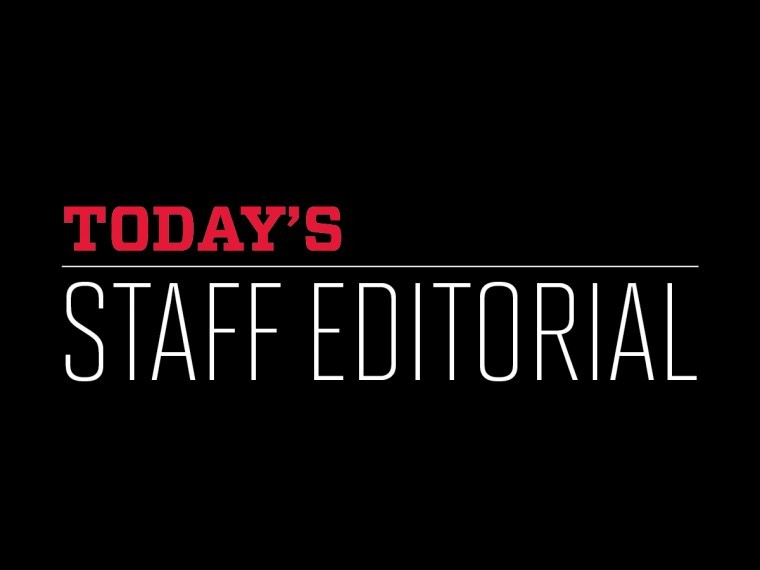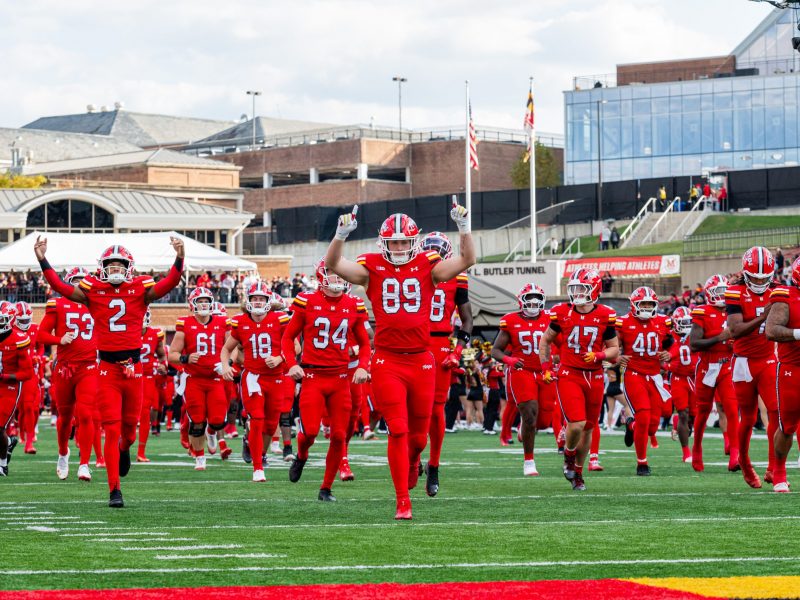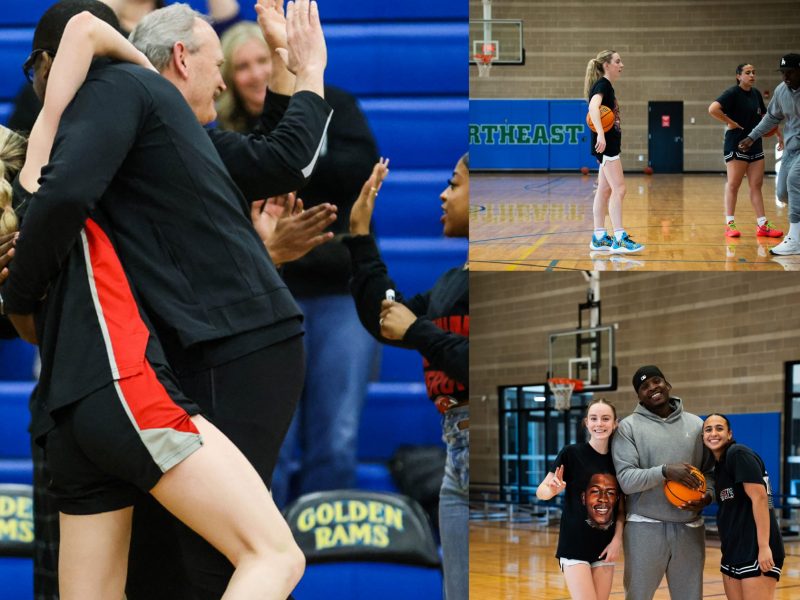
Today’s Staff Editorial
College Park bar-goers all “know someone” who has a fake ID. There’s always a mass scramble during freshman year to get to the one or two people who have friends who can create them, and until students are 21, there are constant comparisons among people’s atrocious attempts at of-age identification in line at Cornerstone Grill and Loft. But since December, those attempts have been foiled more and more often.
The county liquor board began investigating bars with more focus, going undercover in different Route 1 establishments, such as R.J. Bentley’s, that have reputations for serving alcohol to minors. Those measures have served as an apparent wake-up call. As part of their stricter policy changes to curb underage drinking, bars have implemented new validation methods, such as ID scanners and wristbands for minors.
It’s a substantial change from the past, when all it took to get into a bar with an obviously fake ID (or with, say, a Pokémon card, as was infamously accepted at the Thirsty Turtle), was a $7 or $10 cover charge instead of the usual $5.
The liquor board appears to have taken the initiative to carry out its job thoroughly. It seems both logical and effective that cracking down on the establishments directly — rather than sending police after individual students — is the right way to restrict underage drinking. Eliminating all underage drinking is simply impossible, but forcing bars to uphold the law in an effort to protect underage students is commendable.
Bentley’s was initially investigated once, sometimes twice a week in December. Then gradually, after about a month, inspectors started showing up about once every other week. And the investigations are countywide, which led to two city establishments being fined since 2012 — Big Play Sports Grill and Town Hall Tavern.
Though it seems the new policies are hurting businesses — there are visibly fewer people in bars because those who are underage are scared of the consequences — bar owners and students alike should appreciate what these measures will ultimately create: a safer College Park.
This city has a bad reputation, deserved or not, when it comes to safety. With high crime statistics for a college town not in the middle of a major U.S. city, College Park’s negative safety ratings are a turnoff for many prospective students. Add in a reputation for allowing any freshman to get into any bar, and this city would be quickly moving away from the goal of most students and administrators — especially university President Wallace Loh — to improve both the community’s and this university’s images.
Considering there are many other crimes that need to be both stopped and prevented, police resources and manpower could be put to better use by combating issues besides underage drinking. If these inspections incite enough fear in underage students that they start abiding by the law instead of sneaking into bars, then police officers could have freer schedules to deal with more important issues.
Regardless of any inspections or bar policies, the people who want to drink underage will figure out a way to do so. But bars don’t have to facilitate this lawbreaking. Underage students can drink in private — lessening the potential for them to harm others or face legal action. While this community should strive toward overall student safety, a good first step is eliminating underage drinking in city bars. With the legal sideshow of underage patrons taken care of, students could focus on turning around the problematic binge-drinking culture itself.



